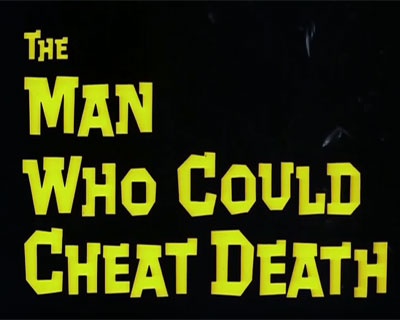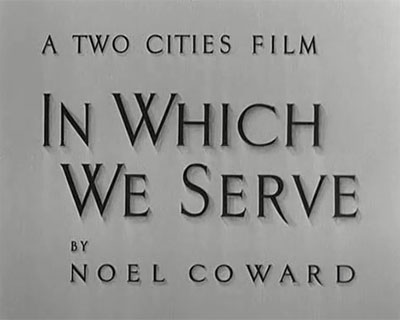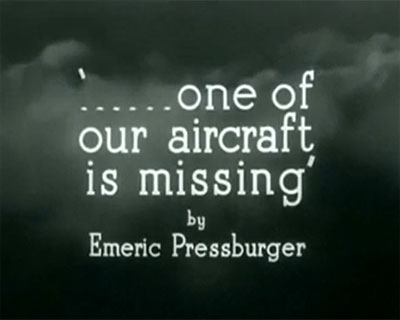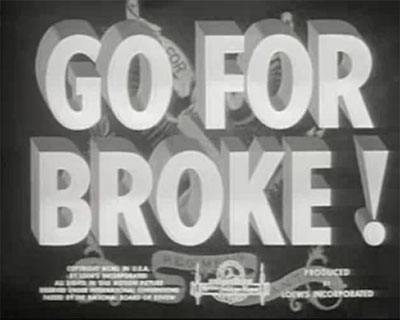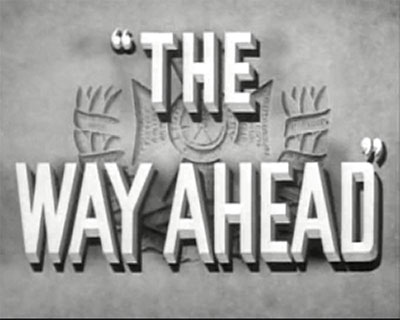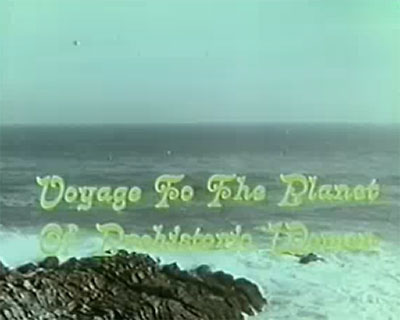“Fire Over England” is a historical drama film released in 1937, directed by William K. Howard and starring Laurence Olivier, Vivien Leigh, and Flora Robson.
The movie takes place in 1588 England, during the reign of Queen Elizabeth I (Flora Robson). England is facing a dangerous threat from the Spanish Armada, a powerful fleet sent by King Philip II of Spain to conquer England and restore Catholicism.
In the midst of this crisis, Michael Ingolby (Laurence Olivier), a young nobleman in love with the queen’s ward Cynthia (Vivien Leigh), is sent on a mission to uncover a Spanish plot against England. Michael’s investigation leads him to the Spanish ambassador, Count de Paz (Henry Daniell), and his accomplice, the traitorous Lord Wolfingham (Raymond Massey).
As tensions rise and war looms, Queen Elizabeth must decide whether to trust Michael and his information or to rely on the counsel of her advisers. With the fate of England hanging in the balance, Michael and Cynthia must navigate the treacherous political landscape and their own personal desires to ensure England’s safety.
The film received critical acclaim for its performances, costumes, and set design. It was also notable for featuring the real-life lovers Olivier and Leigh in their first on-screen collaboration. “Fire Over England” remains a classic example of historical drama and a significant milestone in the careers of its lead actors.
Directors:
William K. Howard
Writer:
A.E.W. Mason, Clemence Dane, Sergei Nolbandov
Stars:
Laurence Olivier, Flora Robson, Vivien Leigh



